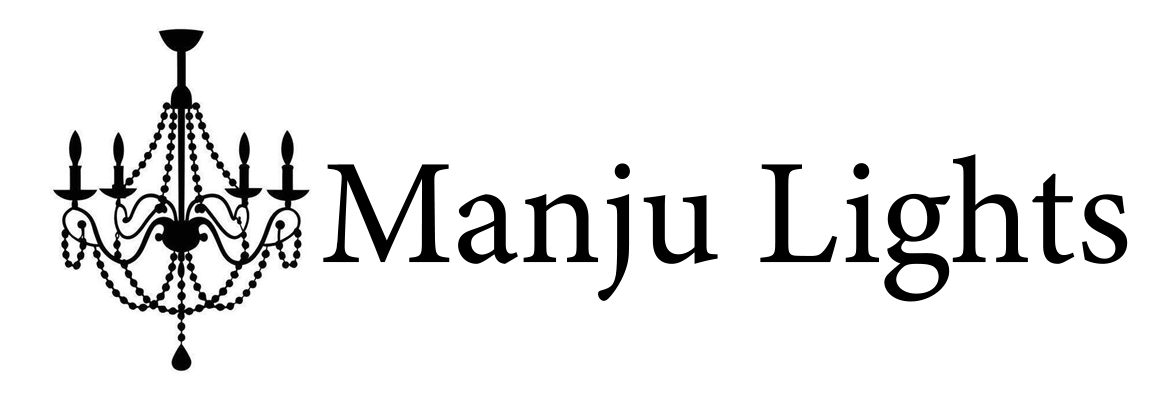The brilliance of a chandelier often comes from the way light refracts off its decorative elements, such as crystals or glass prisms, creating a sparkling, ambient effect. Originally used in palaces and grand homes as symbols of wealth and status, chandeliers have evolved over time, incorporating electric lighting to enhance their practicality and versatility.
Today, they come in a wide range of styles, from vintage, ornate designs to sleek, modern interpretations, making them a popular choice for a variety of spaces, including dining rooms, foyers, and ballrooms. Whether simple or extravagant, chandeliers continue to add a touch of elegance and sophistication to any interior.
Product Specifications
- Size & Dimensions
- Material Used
- Lighting
- Style & Design
- Installation & Mounting
- Certification & Safety
Using Instructions
- Choose the Right Location
- Operating the Chandelier
- Proper Cleaning And Dusting
- Wiring and Power Supply
- Avoid Overloading
Size & Color
- Small, Medium And Large
- Diameter And Shape
- Metal Finishes
- Crystal/Glass
Have Doubts Regarding This Product ?
Post Your Question
-
Q1
Can I use a dimmer with my chandelier?
Ans.Yes, many chandeliers are compatible with dimmer switches. If your chandelier has dimmable bulbs, installing a dimmer switch can help control the light intensity and create a more flexible atmosphere.
-
Q2
Can I install a chandelier in any room?
Ans.Chandeliers can be installed in most rooms, including dining rooms, living rooms, foyers, and bedrooms. However, ensure the chandelier suits the room’s size and aesthetic. For kitchens, small or medium-sized chandeliers work well, while larger foyers or ballrooms can support grand, multi-tier designs.
-
Ans.A chandelier is an elegant light fixture that hangs from the ceiling and often features multiple arms or branches with light bulbs or candles. It serves both as a light source and a decorative element in a room.

